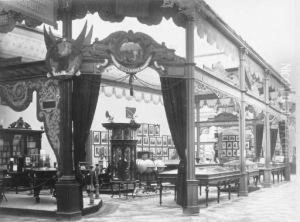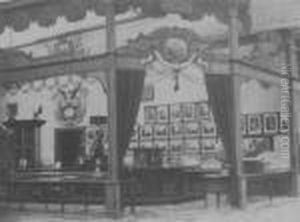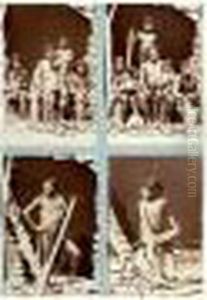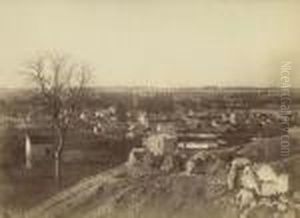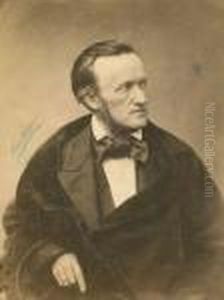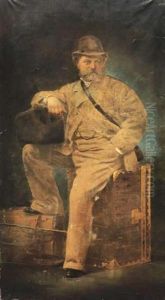Pierre Petit Paintings
Pierre Petit was a notable French photographer, born in 1832 in Aups, a small town in the Var department in the Provence-Alpes-Côte d'Azur region of France. He passed away in 1909, leaving behind a legacy that significantly contributed to the art of photography during the 19th century. Petit is renowned for his pioneering work in portrait photography, capturing images of prominent figures of his time, including artists, writers, and politicians, thus documenting an important era in French and European history.
Petit's foray into photography began in the early stages of the medium's development, a time when photography was evolving from curiosity to a legitimate form of art and documentation. He initially trained as an engraver, but his interest quickly shifted towards photography, inspired by its potential to capture reality with precision and immediacy. In 1855, Petit established his first photography studio in Paris, quickly gaining recognition for his skill in portraiture. His work was characterized by its clarity, attention to detail, and the ability to capture the personality and essence of his sitters.
Throughout his career, Petit was involved in various innovative projects that pushed the boundaries of photography. He was one of the early adopters of the carte de visite, a small photographic portrait mounted on a card, which became immensely popular in Europe and America. These portraits were collected, traded, and displayed in albums, making them one of the first forms of mass media. Petit's studio produced thousands of these cartes, contributing to the craze and earning him considerable fame and financial success.
In addition to portrait photography, Petit also engaged in documenting significant events and landscapes. He was commissioned to photograph the construction of the Suez Canal, a monumental project that connected the Mediterranean Sea to the Red Sea. His photographs of the canal's construction are valuable historical documents that provide insight into the engineering marvel and the people who worked on it. Furthermore, Petit traveled extensively, capturing images of landscapes, architectural wonders, and scenes of daily life in various countries, adding to the diversity of his work.
Pierre Petit's contributions to photography were not limited to his photographs. He was a founding member of the Société Française de Photographie, an organization established in 1854 to promote the interests of photographers and the development of photography as an art and science. Through his involvement in this society, Petit played a crucial role in advocating for the recognition of photography as a legitimate form of artistic expression.
The legacy of Pierre Petit extends beyond his photographs. He was instrumental in shaping the early development of photography, influencing generations of photographers. His work remains a valuable resource for historians, art historians, and anyone interested in the evolution of photography and 19th-century culture. Pierre Petit's dedication to his craft and his contributions to the artistic and documentary aspects of photography have ensured his place in the annals of art history.
